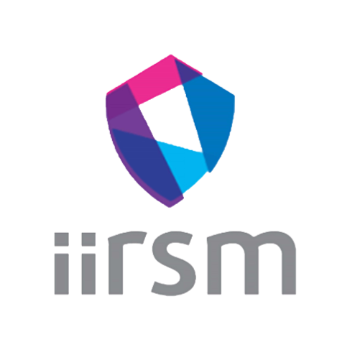Reducing Work-Related Ill Health



Reducing work-related ill health is now the first of five objectives the UK Health and Safety Executive (HSE) have prioritised for the next decade. HSE inspectors will expect employers to be able to demonstrate how they identify and manage the hazards that cause work-related ill health.
The reasons for this emphasis are clear: while deaths and injuries at work show a downward trend, the scale of work-related ill health in Great Britain is significant. Work-related stress and musculoskeletal disorders are the most common causes of working days lost, but harm to workers lungs, skin and other organs are also avoidable through improved management.
The HSE have made it clear that employers have a legal duty to protect workers from health hazards, including stress at work. But how do you assess health risks you can’t see? How do you decide which controls will give you the biggest benefit in reducing work-related ill health, and demonstrate compliance?
This one-day course will help you identify the most significant health hazards in your workplace, and explore practical tools and techniques to design out hazards and reduce risk.
Who should attend?
This course is ideal for:
- Health & Safety Professionals
- Facilities Managers
- HR Managers
- Operations Managers
- Occupational Health Professionals
- All those responsible for health and safety
·
What you'll learn:
On completion of the course, attendees will:
Testimonials
Found this course very informative and enjoyed the breakout sessions.
- Pirbright Institute
Really enjoyed the course.
- Sipsmith
I found the course enjoyable and would recommend to a peer or colleague.
- Riverside
Presenter was very knowledgeable, course content was very good.
- Islington Council
Found this course very informative and enjoyed the breakout sessions.
- Pirbright Institute
Really enjoyed the course.
- Sipsmith
I found the course enjoyable and would recommend to a peer or colleague.
- Riverside
Presenter was very knowledgeable, course content was very good.
- Islington Council
Course Programme:
9:00 | Registration
9:30 | Welcome and Introductions
• HSE Strategy
• What is work-related ill health?
• Why should we worry about it? A look at the stats and the personal impact.
| Starting to build your business plan
| Stress: a case study
• Explanation
• Breakout: what hazards can you identify?
| Mid-morning break
| Stress: Selecting and prioritising controls
• Theory
• Breakout: what would you do? What would you do first?
| Lunch
| MSD
• Theory: beyond manual handling training and DSE risk assessments
• Breakout: Removing the hazards, reducing the risk at source
| Mid-afternoon break
| Other health hazards
• Respiratory, cancers, skin, hearing and touch
• Breakout: How do you know which ones matter to you?
| Next steps: an outline of how to bring it together
| Questions
16:00 | Close

